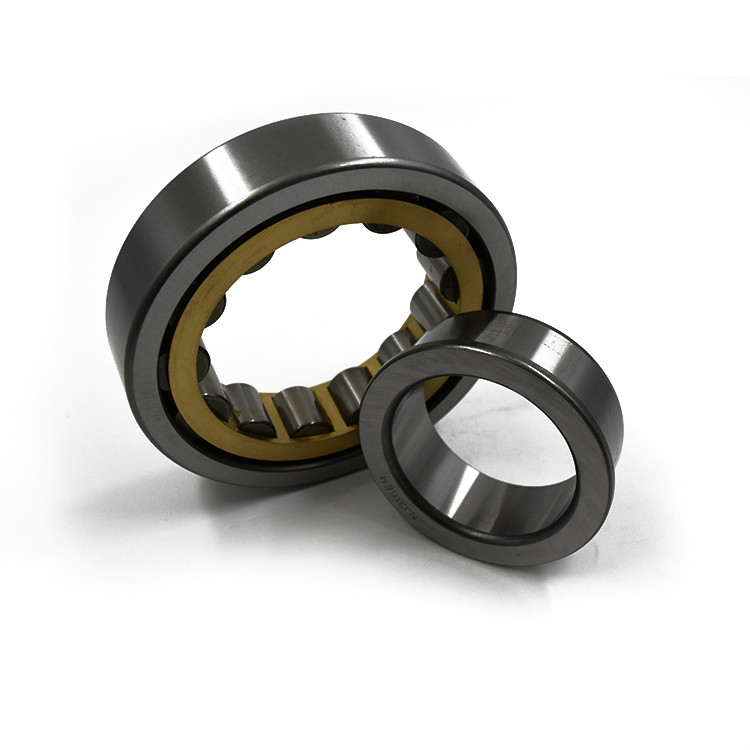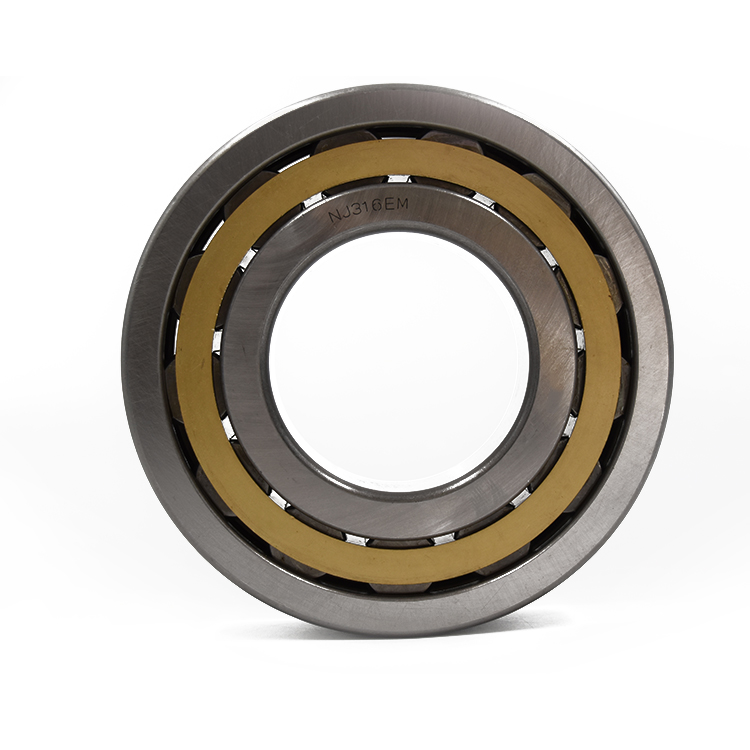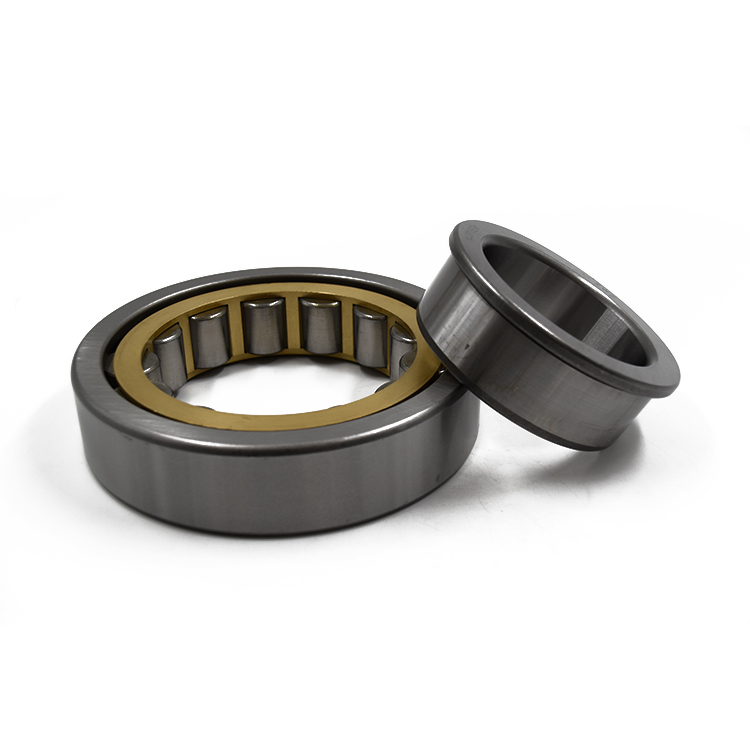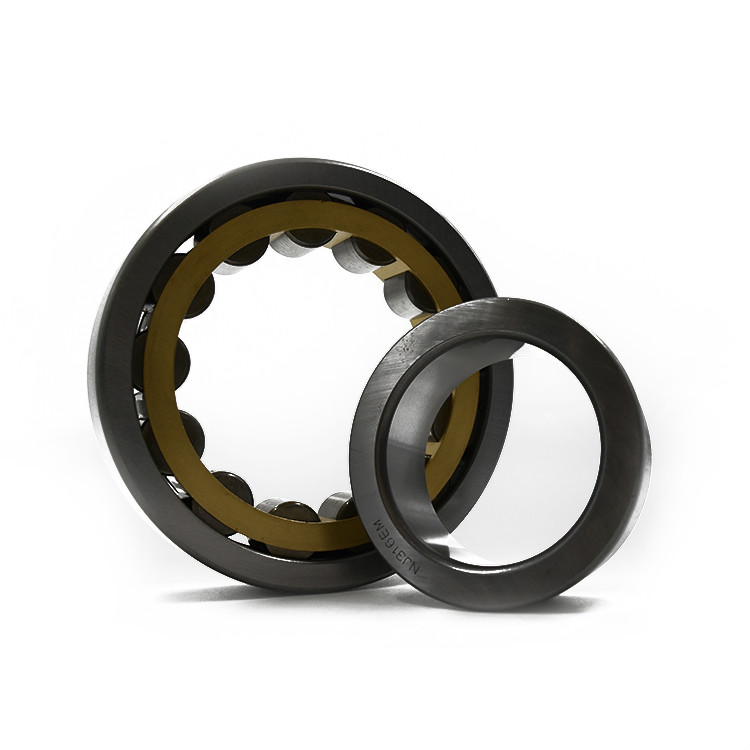Earthquake landslides and debris flows are widely distributed and occur in sparsely populated areas, making it difficult to manage projects. Prevention and control of earthquake landslides and debris flow disasters should implement the combination of avoidance and comprehensive treatment, long-term measures and short-term engineering measures, and reasonably formulate countermeasures.
1. Long-term strategy
In order to prevent the hazards of earthquake landslides and mudslides, from a strategic point of view, we should scientifically develop mountain areas and build mountain areas to protect mountain forestry.
(1) Rationally carry out the earthquake area project construction. Earthquake area project construction, such as the construction of railways, highways, bridges, factories, mines, reservoirs, towns, etc., should be carried out reasonably. As far as possible, factories and towns should be built on open basins and plains. They must not be built on landslides; railways, highways, bridges, and stations should try to avoid the scope of landslides and mudslides. It is designed to minimize the excavation of the slope or not. The mine must be scientifically mined, and drainage measures must be taken during mining. Slag and waste soil are piled up in open areas with low water and low enthalpy. It is strictly forbidden to blindly open, indiscriminately collect and dispose of waste slag, in order to prevent damage to the stability of the mountain.
(2) Plant and grow grass to protect vegetation. Planting trees and planting grass to protect vegetation is an effective method to prevent water and soil loss. It can not only prevent the occurrence of landslides and mudslides, but also improve the ecological environment. Afforestation should be combined with arbor and shrub forests, combined with grass and planting trees, adapted to local conditions, according to soil conditions and climate characteristics, select appropriate afforestation methods, scientific planting, careful management guidelines, unified planning of local governments, district, township, village Packing to ensure the afforestation. At present, we must do a good job of returning farmland to forests, closing mountains and forests, eradicating pests and diseases, and preventing forest fires.
Grass quilts, in most parts of southern China, can be naturally restored as long as there is more rainfall and wet slopes and debris flows. In landslides and mudslide areas in the northwestern and northern parts of China where the rainfall is low, the climate is dry, and the grass is naturally restored for a long time, suitable grass species should be selected for cultivation. In bare areas and arid regions, afforestation is difficult to succeed, and it is often necessary to first restore the grass cover and protect the seedlings with grass; change the conditions of unfavorable seedling growth and increase the survival rate of the seedlings.
2. Countermeasures after the medium-term forecast
In the medium-term forecasting earthquake hazard area, investigation and survey of landslides and mudslides should be carried out, the dangerous areas should be delineated, prevention and control plans should be formulated, and necessary engineering measures should be taken for some important hazardous areas.
(1) Carry out hazard investigations of landslides and mudslides to develop prevention plans. A general geological survey should be conducted in response to the forecast area to delineate possible dangerous sections of landslides and debris flows, and to predict the scale and size of landslides and debris flows in the future. Systematic measurement of key and possible landslides and debris flows should be made to formulate plans for emergency response and prevention after earthquakes.
(2) Earthquake landslide and debris flow engineering management: After the medium-term forecast, according to the landslide survey, the potential risks to landslides and debris flow near important buildings such as reservoir dams, densely populated villages, traffic trunks, and hubs Section for engineering management. Engineering management of earthquake landslides: divided into two categories: slip reduction engineering and anti-slip engineering. The purpose of the slip reduction project is to change the landslide's topography, soil quality, groundwater status, etc., that is, change its natural conditions and stop or mitigate the landslide movement. The anti-slide project is to use anti-slip engineering buildings to block all or part of the landslides and reduce Or free from earthquake landslide disasters. Its main measures are:
â— Eliminate surface water. The infiltration of rainwater, springs, ponds, reservoirs, and channels can cause landslides to intensify, so we must prevent the infiltration of water.
Anti-seepage treatment is to cover the slope top and slope surface. In areas with high water permeability, the existing cracks should be filled with clay or grout and covered with a thin film; in areas with poor water permeability, anti-seepage treatment should also be applied to important parts. The gutter drainage project is a method of rapidly collecting the rainwater in the landslide area and excluding it from the landslide area. Gutter divides the gutters and drains into two categories. The gullies are mainly ditches, traversing slopes, collecting rainwater and surface water; drains drain accumulated water out of landslide areas. Drainage ditch should adopt a steep slope to ensure drainage requirements. A joint point should be designed every 20-30 meters. A fixed drainage pipeline should be used in the soft ground; the end of the drainage ditch should be walled.
â— Exclude groundwater. According to the groundwater depth, different methods are used. For the shallow groundwater below 3 meters below the surface, the combination of underdrain and open ditch drainage can be used. The ditch also divides the ditch and drain ditch. A collection basin or inspection well is usually designed every 20-30 meters. Drilling drainage is used for groundwater below 3 meters. 3 to 5 meters of groundwater is drained horizontally, and groundwater below 5 meters is drained obliquely. The bore diameter is generally 60 mm. Two to three holes can be set at the same time to eliminate not only deep water but also shallow water. When groundwater flows into the landslide area from other areas along the aquifer or other passageways, a groundwater intercepting wall should be installed outside the landslide area to cut off the groundwater flowing into the landslide area and be used to induce discharge of the ground surface. The location of this method should be selected properly, otherwise it will lead to an increase in landslides.
â— Cut weight loss method. Mainly used for small landslides. After grasping the scale of the landslide, the distribution of the landslide surface, and the possible slippage during the earthquake, the soil at the back of the landslide is cut off and the forefront can only be filled with soil.
â— Anti-slide piles. In the front of the landslide, the drill bit passes through the sliding surface vertically, and then the steel pipe or I-beam is inserted. The pile foundation should be drilled into the lower third of the sliding surface. Alternatively, a shaft with a diameter of 1.5 to 2.0 meters can be used instead of the drilling hole. Filled with reinforced concrete. Anti-sliding piles have both anti-sliding resistance and riveting to increase the effect of pre-stress.
â— Retaining walls. After the cutting edge is opened, the reinforced concrete wall is constructed by means of a grid structure as a back-up project for the backfill of landslides to stabilize individual landslide bodies and also to stabilize the sliding blocks of the upper slopes.
â— River buildings. Because of the erosion of the river, the river bed is cut down and the riverbank is washed away, which impairs the stability of the slope. Landslides often occur during an earthquake. Banks can be protected by embankments, riverbeds can be reinforced, or diversion works can be used to prevent erosion of river banks
To protect the stability of the bank slope.
China is a mountainous country with mountains, hills and relatively rugged plateaus accounting for two-thirds of the country's total area. Earthquakes in these areas are generally accompanied by various degrees of collapses, landslides and mudslides. It is a serious earthquake secondary disaster. Collapsing is the phenomenon of massive fractured rock masses on steep slopes suddenly collapsed by seismic forces or gravity. Landslide is the phenomenon that unsteady soil (or rock mass) on a slope slides along a certain sliding surface (sliding zone) under seismic force or gravity. Collapse is actually a special case of landslides. Debris flow is a flood of mountains, water, mud, sand, and rocks that burst out under earthquake or gravity.
Landslides and Debris Flow Features
The role of earthquakes in landslides and debris flows is to trigger slides or flows of landslides and mudslides to promote the formation of landslides and debris flows. Its performance in the following three aspects:
(1) The effect of the seismic force causes the inertial force experienced by the slope body to change, triggering the slip and flow.
(2) The effect of seismic force caused the increase of surface deformation and cracks, reduced the mechanical strength index of earth and stone, caused the rise of groundwater level and the change of runoff conditions, further exacerbated the formation of landslides and debris flows.
(3) Earthquake triggered collapses, landslides, ice collapses, avalanches, dike collapses, and other changes in water sources provide large quantities of loose solids and water to the debris flow, further expanding the scale of debris flow.
The role of earthquake triggering and promotion has resulted in two types of landslides and mudslides. On the one hand, due to the triggering action of earthquakes, a large number of landslides and debris flows occur at the time of earthquake; on the other hand, earthquakes cause new damage to the slopes and promote landslide succession.
Occurred one after another after the earthquake, known as post-slip landslides and debris flows. Seismic landslides and debris flows show distinct characteristics due to the type and intensity of the earthquake.
Seismic activity in a seismic zone has a high period and a quiet period, showing obvious periodicity. The periodicity of the earthquake brings about periodicity of landslides and mudslides.
1. Relationship between earthquake landslides and debris flow and magnitude and intensity of earthquakes The activities of earthquake landslides and debris flows have a significant relationship with earthquake magnitude and intensity. According to several previous strong earthquake surveys and multiple strong earthquake surveys in recent years, landslides and mudslides often occur in areas of VII or above. Only in special circumstances did landslides and collapse occur in the VI degree zone. In general, a magnitude 5 earthquake can induce landslides and mudslides; a magnitude 5 earthquake induces landslides and mudslides in an area of ​​more than 100 square kilometers. Earthquakes with magnitudes above 8 can induce tens of thousands of square kilometers of landslides and mudslides. Under the same conditions, the larger the magnitude of the earthquake, the larger the area of ​​induced landslides and mudslides.
2. Relationship between earthquake types and landslides and mudslides The “earthquake group†earthquakes have more landslides and debris flows than the “main and aftershock type†earthquakes and must be large in scale. The "quake swarm type" is characterized by multiple releases of seismic energy. After the first earthquake caused damage to the earth's surface, the second and third earthquakes were followed, and the damage caused was much more severe. As a result, the landslides and mudslides formed were large and large.
3. Landslides and mudslides are large in scale and short in time. Earthquakes and mudslides are large in scale and short in time compared with natural landslides and debris flows. The development of landslides and mudslides generally takes a long period of time (from several decades to several hundred years), with obvious phases. Because of the sudden action of the earthquake, the earthquake landslide made the whole process of cracks and slides complete in the moment of extreme slope or close to the limit equilibrium. Seismic mudslides are also rapidly outbreaks at the time of the earthquake or after the earthquake.
4. Earthquake landslides and mudslides last for a long period of time. A large number of landslides and collapses occur after a large earthquake with repetitive nature. Landslides and landslides provide material sources for the formation of large debris flows. During the flow of mudslides, the river bed is cut down, and both sides are scoured and scraped. This causes the slope to lose its balance and create a new landslide. This cycle is repeated as a cause and effect. Therefore, earthquake landslides and mudslides last for a long time, starting from the earthquake and continuing until the next year or even within several years.
3. Countermeasures after the earthquake
After the earthquake, people should be promptly investigated and, depending on the situation, treat the disasters caused by landslides and mudslides of the same type; and take measures to prevent and control the occurrence of post-hair style landslides and mudslides.
(1) Personnel rescue. In the landslide body, due to sliding, the house collapsed, causing casualties. In the debris flow passage area, the houses collapsed due to the impact of the impact on both sides of the land and in the edge areas; in the flow-through area or the accumulation area of ​​the debris flow, the lower part of the reinforced concrete structure was destroyed but the upper part may be preserved, and the personnel in these houses are still acceptable. In order to survive, personnel should be organized to search for these destroyed buildings and rescue personnel. Sometimes the earthquake mudslides often burst at multiple locations. The hills are surrounded by islands and become isolated islands. They often have survivors and should be rescued in a timely manner. When necessary, air, food, clothing, medicine, etc., or use a helicopter to save people.
(2) Remove deposits. First remove the deposits from the traffic lanes and resume traffic. Second, clean up the important machinery and equipment in factories and mines.
(3) Prevention of post-hair style landslides and mudslides. In order to prevent post-shock landslides and mudslides, an emergency investigation should be conducted after the earthquake to determine the dangerous areas in the near-term and post-earthquake seasons. According to the situation, emergency projects and relocation measures should be implemented to minimize the risk of landslides and mud-rock flows. For specific measures, see the immediacy measures in this section.
(4) Rebuilding the home site. Lessons from landslides and mudslides should be summarized, scientifically selected addresses for reconstructing homes should be avoided on both sides of the gully and landslides, and mudslides circulation areas, and open and high flat lands should be selected or built on intact bedrock. Engineering Treatment of Earthquake Mudflow Disasters: It should be emphasized here that managing mudslides is a very arduous, costly and difficult problem that has not yet been fully resolved. Therefore, the construction of settlements, industrial and mining enterprises, and traffic trunks in the mudslide activity area are all the best measures to avoid. If it is impossible to avoid it, the project must be built in the debris flow area, and in the treatment of the debris flow, we must also pay attention to the comprehensive treatment from top to bottom (from the source area to the runoff area to the accumulation area). We must combine the local specific environment and conduct the overall situation. Design and various measures are carried out. Here are some of the commonly used project management measures, for the reader's reference only.
(1) Water storage and diversion works. Flood control reservoirs, diversion canals, and interception ditches are generally built in water recharge areas. The design standard of the flood control reservoir is higher than that of the irrigation reservoir, and proper consideration should be given to increasing the design intensity so as to prevent the reservoir from bursting during the earthquake and form large mudslides and floods. The diversion canal can be designed as a general canal project. The design of the intercepting ditch is the same as the intercepting ditch of the landslide, ensuring quality during construction and preventing leakage.
(2) Blocking works. Including sand blocking dams, Gufang, retaining walls and slope protection, according to general civil engineering construction design and construction.
(3) Route project. Including drainage channels, aqueducts, rapids, diversion dams, and dams, most of them are built in circulation and accumulation areas.
(4) Stop dredging project. Including silt stop and silt silo. It is generally built on the open flat riverbed or on flat, low-lying stacking fans. It is usually composed of a dike, a silt, and an overflow weir. The design of diversion dams and silt barriers is generally the same as the design of drainage ditches and diversion dikes; the design of overflow weirs is similar to the design of bar-damping dams and overflows, but attention should be paid to the position selection of overflow weirs and the Side of silt embankment (or ditch) convergence.
(5) Land improvement works. Including changing the land and changing the soil and rotating cultivation. Generally, it is not advisable to build terraces on the slopes of mudslides, especially in the collapsed areas. Farming is absolutely prohibited after earthquake predictions have been made. Terraces and turnouts need to be reinforced with block stones. Ditches and ditches must have sufficient width and depth of drains when they are used to build terraces.
4. Prompt measures
(1) Landslide dynamic monitoring. During the short-term forecast period, the landslide near villages, towns, and key buildings should be monitored. Deformation methods, such as horizontal deformation network, vertical, horizontal level, tiltmeter, resistance strain gage, etc., are used for deformation observation of buildings on landslides and landslides: the selection of landslides, springs, and civil wells for groundwater temperature, The dynamic observation of the water level and water chemical composition is used to grasp the stability and development trend of the landslide and timely predict the activities of the landslide and mud-rock flow.
(2) Implementation of emergency engineering measures for landslides and mudslides. During the short-term forecast period, emergency engineering measures shall be taken for potential landslides and debris flows in the vicinity of important buildings. The shape of the landslide body can be changed, and the method of cutting back at the rear and filling the soil at the front can be used to strengthen the stability of the landslide and reduce the risk of sliding. The use of guidance works to change the original direction and direction of landslides and mud flows so that they cannot be damaged; in slip bodies and in loose solids, various drainage channels and boreholes should be widened to remove surface water and groundwater from the landslide area as much as possible. Debris flow formation area. Some special areas or special mudslides must be rectified, cement slurry should be used for pressure and perfusion through shallow and shallow wells, and loose materials should be consolidated by electro-osmosis; cement slag should be cemented with chemical coagulants to prevent slag from liquefaction and debris flow.
(3) Evacuation of people in hazardous areas. Technical and economic analysis of hazardous areas should be conducted, investment benefits should be weighed, and whether engineering measures or relocation should be adopted. For dangerous landslides and landslides that cannot be economically remedied by engineering remediation or engineering remediation, evacuation of residents, factories, and mines residing in and on landslide bodies, landslide accumulation areas, debris flow accumulation areas, silted areas, and flow-through areas should be carried out. . Relocation should be organized by the local government.
5. Countermeasures at the time of disaster
When landslides and debris flows occur, on-site personnel should urgently issue dangerous warnings and avoid them due to time and place.
(1) Avoidance of landslides. When the landslide body slides down, it should flee in the direction of the vertical landslide. In the landslide landfill area, it should run high on both sides. It should not run to the opposite side of the landslide; the people on the landslide should rush to safety as soon as possible.
(2) Collapsing and avoidance of Rolling Stones. Collapsing is small in size and not far away. Collapse is often accompanied by a disaster caused by the rockfall. When escaping, it must also flee to both sides. When you do not get away in time, you can lie in the trench or under the steep canopy.
(3) Avoidance of mudslides. The flow rate of mudslides is related to the slope of the terrain. The steeper the slope, the greater the drop in debris flow and the faster its flow rate. The general flow rate is 5-6 meters per second, the fastest is 15 meters per second. In the flow and accumulation areas of mudslides, as long as the sound of mudslides and mudslide warnings are heard, they immediately flee to the safe areas in the high mountains on both sides of the main channel. It is safe to run to a considerable height on the opposite bank of the main river channel where debris flows through the bank and the debris flow.
Cylindrical Roller Bearings are bearing in which cylinders are used as the rolling elements as opposed to balls in ball bearings. As such, the rollers have a greater (linear) contact area with the outer ring and are distribute loads across a broader surface. Subsequently, they have a relatively high radial load capacity and are suitable for high speeds. Double-row cylindrical roller bearings have high radial rigidity and are used primarily for precision machine tools.
Cylindrical Roller Bearings are designed to carry heavy radial loads. Our cylindrical roller bearings are made with a single row, two rows, or multi-rows of rolling elements to meet an application's radial load requirement. The radial Roller Bearing is available in many standard series and configurations, they are widely used in multiple industries. The combination of high load capacity, moderate speed rating, and industry interchangeability make it one of the most popular bearing designs. These cylindrical roller bearings are produced in ISO series metric, ABMA series metric and inch, journal type, Full Complement series, multi-row series, and cluster mill sizes. These bearings are dimensionally interchangeable to same numbered and sized bearings in the industry. Components of journal bearings and other standard series are made interchangeable with other manufacturer's components. Many mounting arrangements can be achieved with the multiple configurations available with the same load capacity for a given I.D., O.D., and width. Our cylindrical roller bearings can be manufactured in sizes from 3" bore diameter to 84" outside diameter. Internal radial clearances and cage designs can be engineered to your specific application when special applications are encountered.




Cylindrical Roller Bearing,Cylindrical Spherical Roller Bearing,Conveyor Cylindrical Bearing,Cylindrical Roller Ball Bearing
Shijiazhuang Longshu Mechanical & Electrical Equipment Trading Co., Ltd. , https://www.longsbearings.com